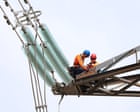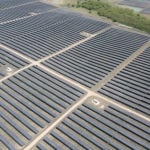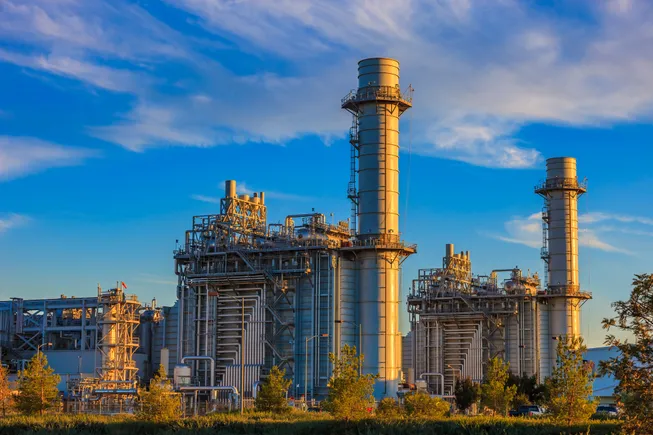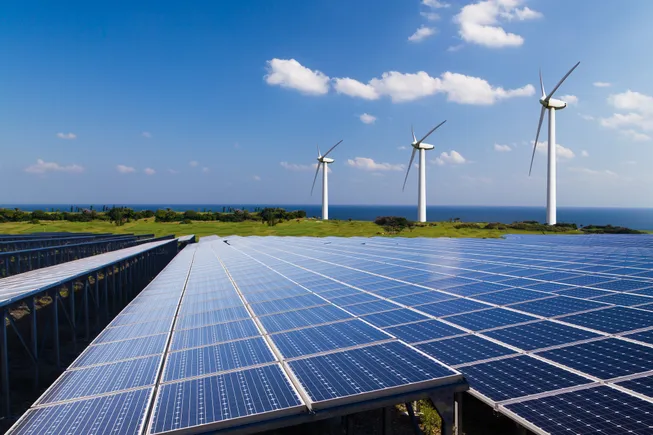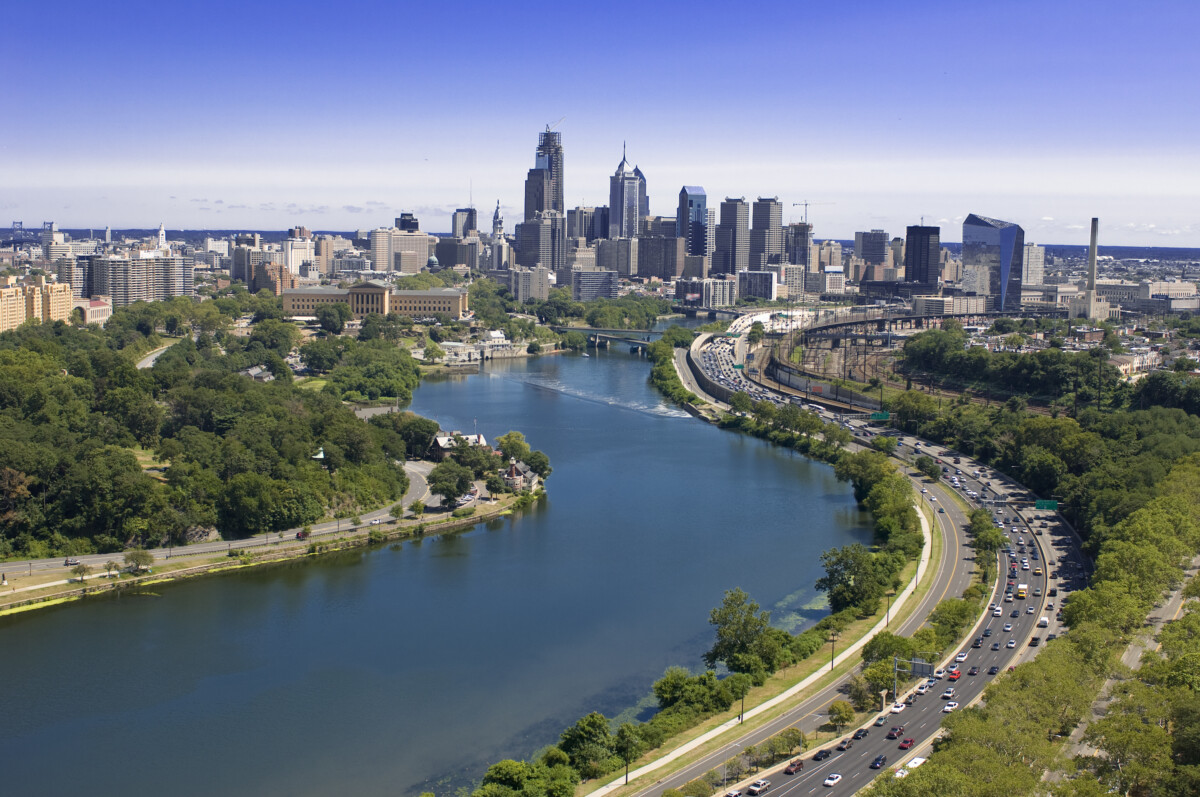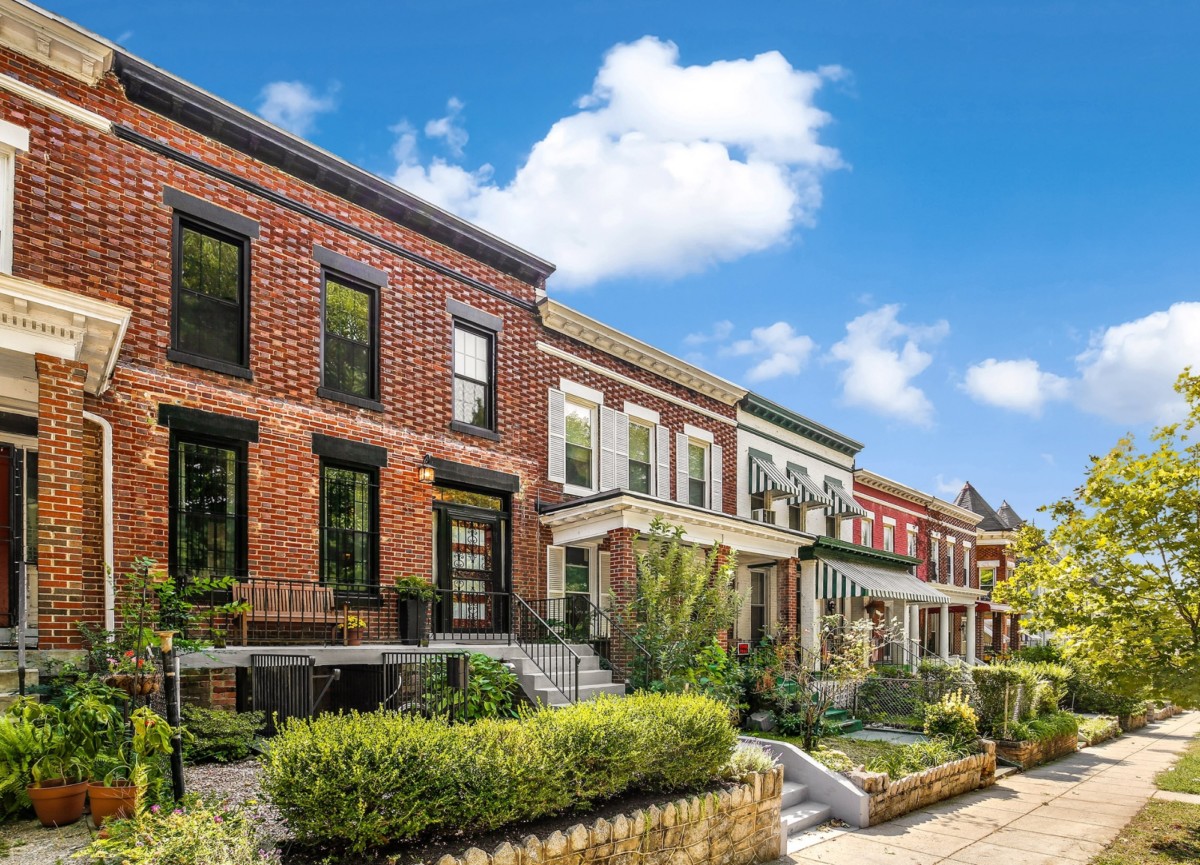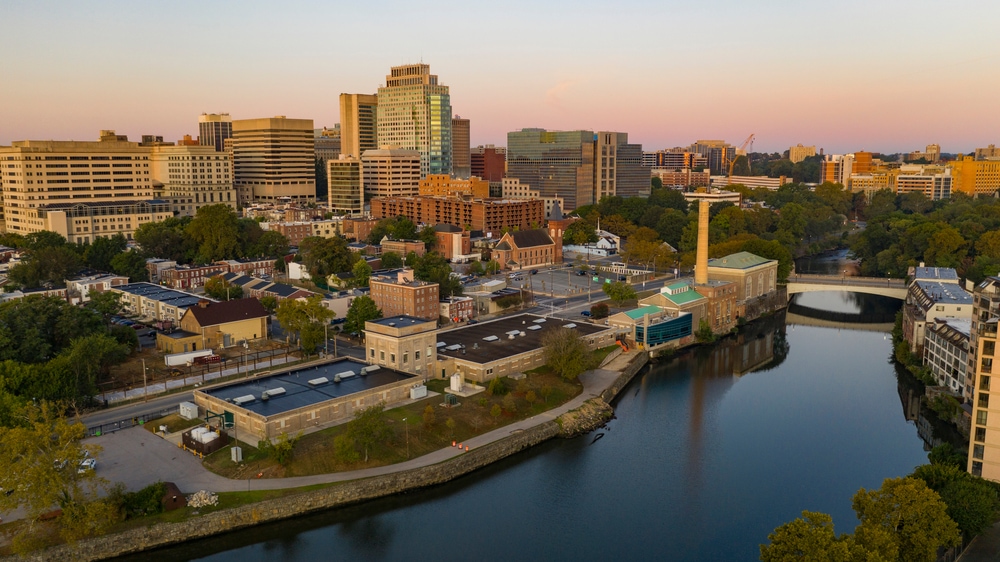10 Pros and Cons of Living in Pennsylvania
Thinking of moving to the Keystone State? Here are the pros and cons of living in Pennsylvania to give you some insight on what to expect. The post 10 Pros and Cons of Living in Pennsylvania appeared first on Redfin | Real Estate Tips for Home Buying, Selling & More.
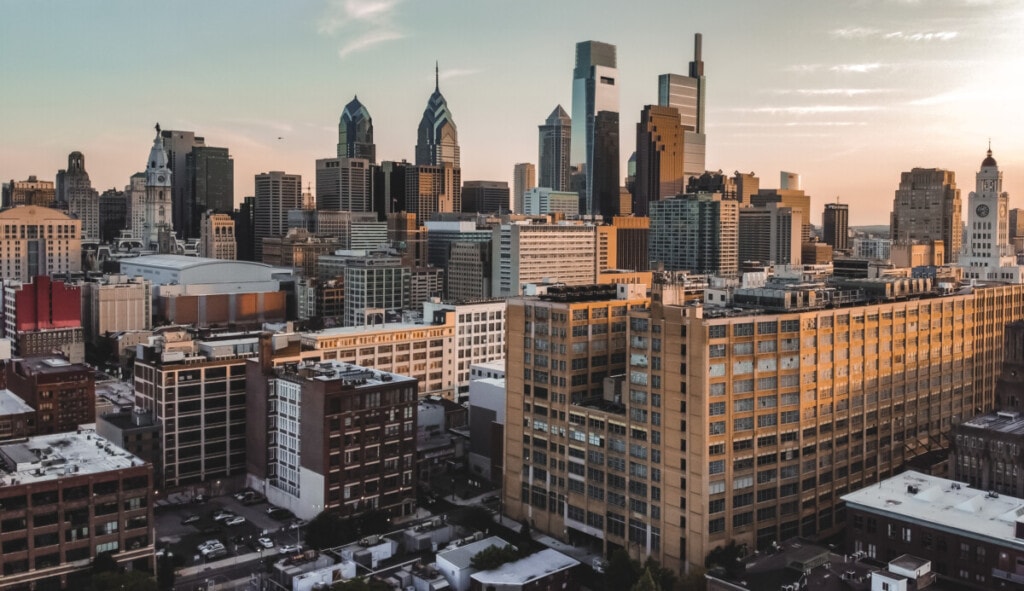

From the historic streets of Philadelphia to the scenic trails of the Poconos, the Keystone State offers a mix of urban energy, small-town charm, and natural beauty. It’s a place where you can catch a train to New York in the morning, hike a state park in the afternoon, and enjoy a cheesesteak or pierogi for dinner.
Thinking of buying a home in Harrisburg or renting an apartment in Pittsburgh? Here are the 10 pros and cons of living in Pennsylvania to help you decide if Pennsylvania is a good place to live for you.
Interested in moving to Pennsylvania? Check out:
Homes for sale in Pennsylvania | Apartments for rent in Pennsylvania | Houses for rent in Pennsylvania

Quick Facts about Pennsylvania
| Population | 13,002,700 |
| Median home sale price | $306,000 |
| Average rent in Pennsylvania | $1,492 |
| Largest cities in Pennsylvania | Philadelphia, Pittsburgh, Allentown |
Is Pennsylvania a good place to live?
Pennsylvania has a lot going for it, especially if you’re after a mix of city access and small-town space. There are major metros like Philly and Pittsburgh with solid job markets, arts, and food scenes, but you don’t have to go far to find quiet suburbs or rural areas where the cost of living is lower. It’s also well-located – you’re close to New York City, D.C., and other East Coast hubs. Nature’s a big draw, too – think hiking trails, rolling hills, and state parks scattered throughout. That said, there are trade-offs. Some areas deal with aging infrastructure, and winters can feel long and heavy. Still, for many, it’s a good middle ground: not too fast, not too slow.
Living in Pennsylvania at a glance:
- Diverse lifestyle options: Choose between urban living in cities like Philly and Pittsburgh or quieter rural towns and suburbs.
- Central location: Easy access to New York City, Washington D.C., and other East Coast hubs.
- Affordable housing (in many areas): Median home prices are lower than the national average outside major metros.
- Taxes and infrastructure vary: Property taxes can be high in some counties, and rural areas may lack modern infrastructure.
- Passionate sports culture: Sports are a big part of the culture in Pennsylvania, with loyal fans and fierce city rivalries.
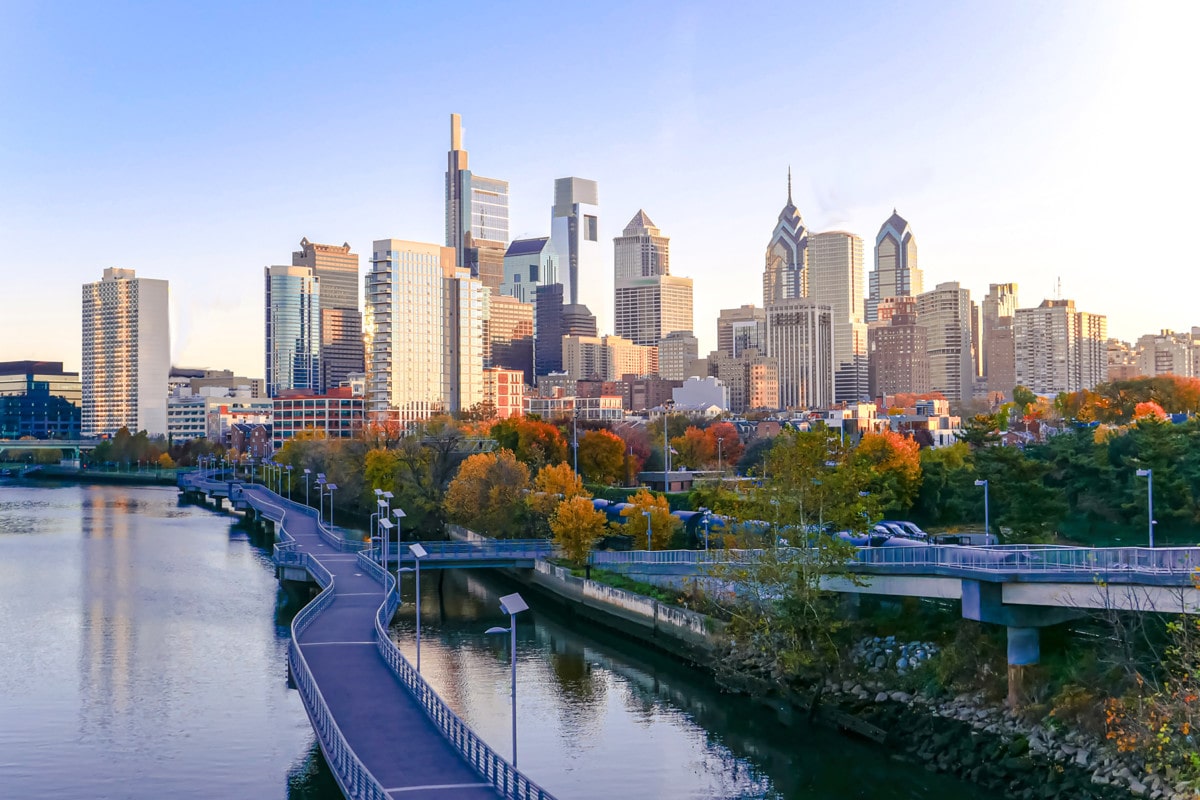
1. Pro: Low cost of living
Compared to many other states in the Northeast, Pennsylvania offers a relatively affordable cost of living. Housing prices, in particular, tend to be lower than the national average, making homeownership more attainable for many. In Pennsylvania, the median home sale price sits around $306,000, compared to the US median home sale price of $438,000. It doesn’t stop at home prices – even rental prices are lower. Look at one of Pennsylvania’s largest cities, Harrisburg, where a two-bedroom apartment averages around $1,400. Meanwhile next door in Newark, NJ, a two-bedroom apartment averages $2,700. Everyday expenses like groceries, utilities, and transportation also remain reasonable. This balance allows residents to enjoy a good quality of life without the premium price tag often associated with nearby metro areas like New York or Boston.
2. Con: Property taxes are higher than average
While Pennsylvania’s home prices tend to be lower than the national average, property taxes can quickly add up, especially in suburban counties near major cities like Philadelphia and Pittsburgh. The state’s average effective property tax rate hovers around 1.4%, placing it among the higher-tax states in the country. That number can climb significantly in places with strong school districts or higher home values. While rural areas may offer some relief, anyone buying a home in Pennsylvania should factor property taxes into the long-term cost of living. It’s an important consideration, particularly for first-time buyers or those relocating from states with lower rates.
3. Pro: Pennsylvania has a diverse economy
Pennsylvania’s economy spans a wide range of industries, offering stability and opportunity for job seekers across different fields. From healthcare and education to manufacturing, finance, and tech, the state supports a strong mix of traditional and emerging sectors. Cities like Philadelphia and Pittsburgh are hubs for medicine, higher education, and innovation, while more rural areas still play a key role in agriculture and energy.
4. Con: The winters are long and cold
The winters in Pennsylvania are long and cold, with temperatures dipping below freezing. The state is located in the Northeastern part of the country, which experiences colder weather than other parts of the US. The snowfall is also heavy, making it challenging to get around. If you don’t mind bundling up, you’ll enjoy Pennsylvania’s winter activities, such as sledding, skiing, and ice skating.
5. Pro: Foodies will love Pennsylvania’s culinary scene
Pennsylvania has a rich, regional food culture that stretches far beyond cheesesteaks and soft pretzels. In Philadelphia, you’ll find everything from acclaimed fine dining to authentic international eats tucked into neighborhood corners. Pittsburgh’s food scene is gaining national attention too, with a mix of inventive new restaurants and beloved comfort food. Outside the big cities, Pennsylvania is known for its hearty Pennsylvania Dutch fare, farm-to-table dining, and one-of-a-kind local markets—like Lancaster’s Central Market or Reading Terminal Market in Philly. Whether you’re into modern cuisine or traditional favorites, there’s always something new (or old-school) to try.
6. Con: There’s a lot of traffic throughout the state
7. Pro: Public transit is available throughout the state – and beyond
In Pennsylvania’s biggest cities, getting around without a car is doable thanks to systems like SEPTA in Philadelphia and Pittsburgh Regional Transit. Outside of major cities, such as Harrisburg and Scranton, you’ll find public transit systems as well (although not as robust), making Pennsylvania a good place to live even if you don’t have a car. But it’s not just local travel—Amtrak and regional rail lines make it easy to take a train to nearby states like New York, New Jersey, and D.C. This connectivity adds convenience for both commuters and weekend travelers, especially in the eastern part of the state.
8. Con: Watch out for the striped skunks
9. Pro: Natural disasters aren’t common here
Methodology: The population data is from the United States Census Bureau and the median home sale price and average rental data is from the Redfin Data Center.
The post 10 Pros and Cons of Living in Pennsylvania appeared first on Redfin | Real Estate Tips for Home Buying, Selling & More.













































































































